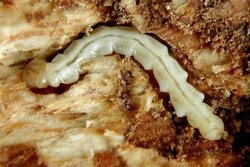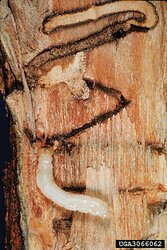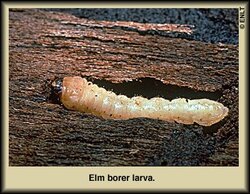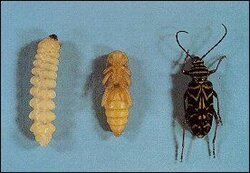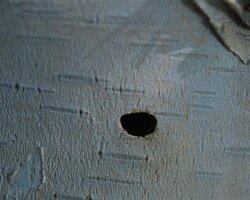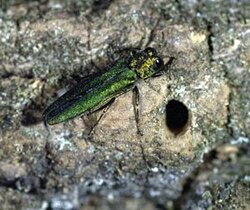We have many times found flat white wormy looking things under the bark of our firewood. They are clearly eating the material between the bark and the 'wood' part. They seem to spread through a pile somewhat as well when the infected wood is piled with others. These white larvae wormy things tend to loosen the bark such that it generally falls off when splitting the wood, thus revealing the problem. Sometimes they seem to eat into the wood itself and make holes, probably depends what time of borer or beetle or whatever it is. Hubby worries that these wormy things coming into the house in firewood could travel into the wood frame of our hearth or even into the wood frame of our house, and that they would eat those things. I think they only like trees with bark and wouldn't be keen on dried lumber, but I don't really know. Please advise! Hubby is worried about piling such wood on our front porch, too. And should we worry about our live trees near the wood piles?
Merry Christmas!
Merry Christmas!


 I wouldn't worry about it. My chickes LOVE to eat those things. Like already stated, just don't bring the stuff in the house until you are close to needing to burn it. You'll note they are sluggish, if not completely motionless, when it's cold.
I wouldn't worry about it. My chickes LOVE to eat those things. Like already stated, just don't bring the stuff in the house until you are close to needing to burn it. You'll note they are sluggish, if not completely motionless, when it's cold.